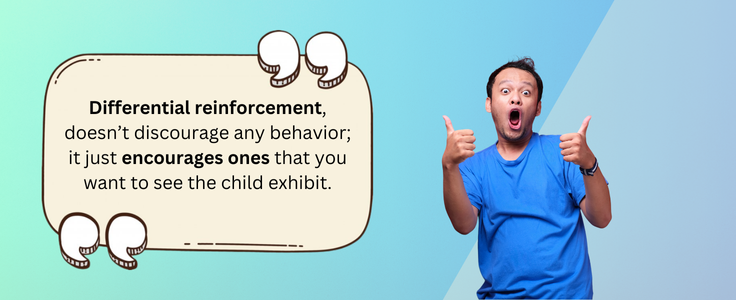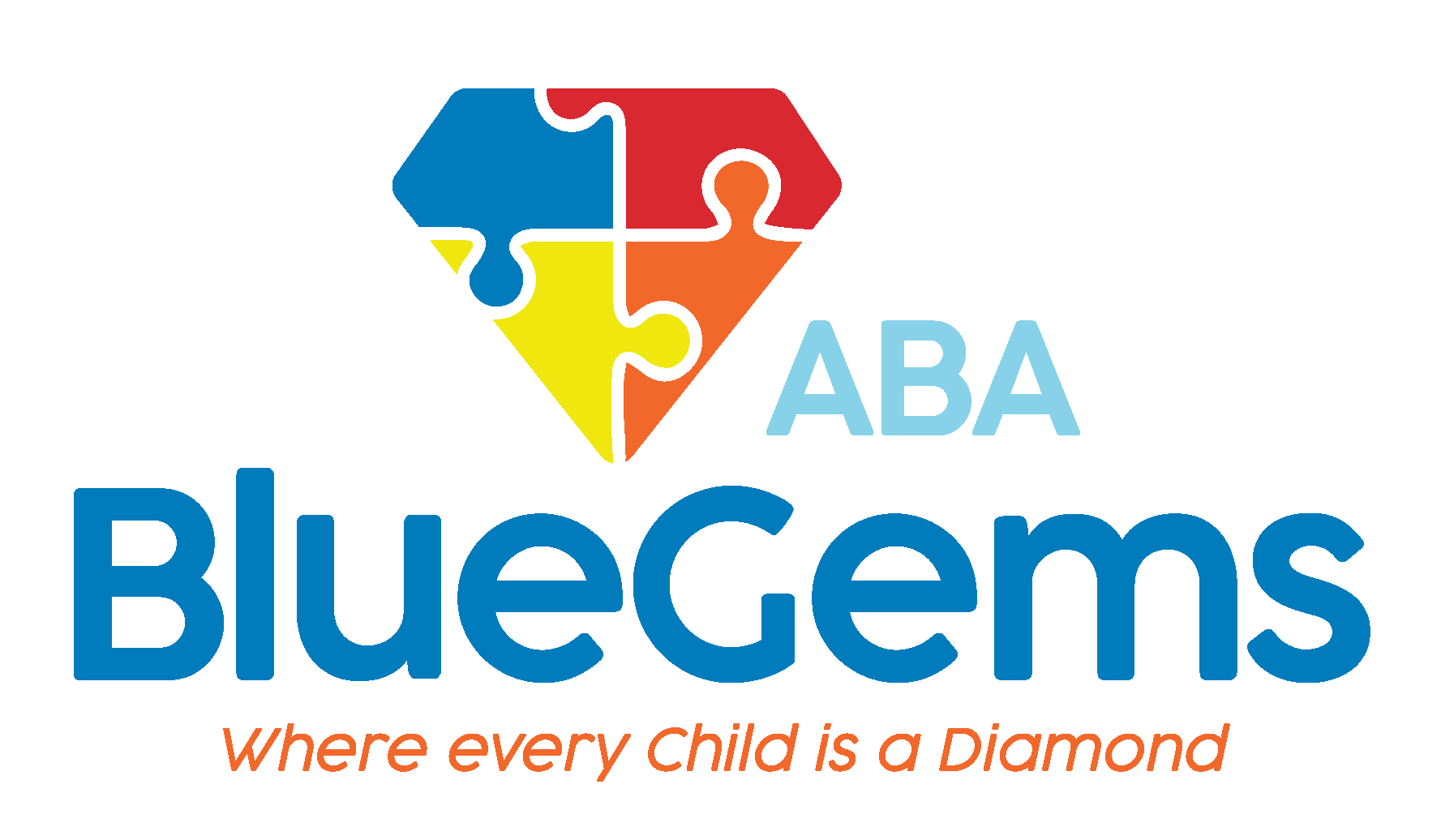Differential Reinforcement in ABA Therapy
Applied behavior analysis (ABA therapy) helps address many challenges that children with autism spectrum disorder (ASD) typically face. This includes improving social and communication skills, helping them to better identify, manage and express their emotions, and building other skills that are necessary to live an independent life.
ABA therapists have many tools at their disposal to help them best support their patients. ABA therapy is extremely flexible, which allows therapists to choose the specific tools and strategies that work best for each individual patient.
One strategy that is used in nearly all ABA treatment plans is known as differential reinforcement. It is, in fact, one of the core principles of the treatment plan, helping to motivate patients to exhibit desired behaviors and/or actions while also reducing the instances of negative behaviors.
Let’s dive deeper into what differential reinforcement is and how it’s used in ABA therapy.
Table Of Contents
What is Differential Reinforcement?
Differential reinforcement is actually a quite simple concept. There are two parts to it — reinforcing appropriate or desired behaviors while withholding reinforcement for inappropriate behaviors.
The natural question that follows this definition is what constitutes an “appropriate” behavior. While the answer to that could vary from case to case, generally speaking, it’s recognized as either not behaving in an inappropriate way or responding in a positive way rather than in a negative way.
For instance, the appropriate behavior could be playing with a fidget toy when a loud noise is played as a way to deal with the sensory stimulus, or it could be not screaming loudly when that noise is played.
Again, since ABA therapy is so flexible and can be personalized to each individual patient, therapists have the ability to customize the scenario to whatever it is they’re trying to teach the patient.
How Does Differential Reinforcement Work in ABA Therapy?
A good way to look at differential reinforcement is that it essentially works in the opposite way that traditional discipline does. In most scenarios, parents discipline their children when they do something wrong — initiating some sort of punishment that’s meant to discourage their child from exhibiting a certain behavior again in the future.
Differential reinforcement, by contrast, doesn’t discourage any behavior; it just encourages ones that you want to see the child exhibit.

There are actually two parts to the theory behind differential reinforcement. The first is that children with autism can be highly motivated to exhibit certain behaviors based on the fact that they are rewarded when they do, and the second is that withholding the reward also encourages them to stop exhibiting the negative behaviors.
In ABA therapy, withholding rewards means that therapists will simply ignore any inappropriate behaviors the child may exhibit. It could mean walking away from the child, not making any eye contact with them or just being silent.
While these actions by the therapist may cause the negative behavior to actually escalate initially, over time, the idea is that it will improve.
The key to differential reinforcement is consistency and repetition. The therapist must be consistent in how they reward good behaviors and ignore negative behaviors, while also continuing to use the same strategies over and over to teach skills.
Is Differential Reinforcement Used for All ABA Therapy Patients?
While ABA therapy can provide many benefits to any individual with autism, differential reinforcement is mainly used in therapy for children on the autism spectrum. It’s a strategy that seems to work best for younger populations, which is why it’s used more prominently in ABA therapy sessions with children.
At the same time, there are plenty of instances when differential reinforcement can be used to great success outside of ABA therapy environments and with individuals who don’t have ASD.
Positive reinforcement has proven to be a successful motivator in many scenarios, while withholding reinforcement can also have positive results as well. In fact, many HR departments at businesses use this strategy when managing large workforces.
Blue Gems ABA Uses Differential Reinforcement to Teach Children with ASD
Differential reinforcement is a main tenet of ABA therapy that involves rewarding patients when they exhibit positive and/or desired behaviors while withholding that reinforcement when they exhibit negative and/or inappropriate behaviors.
At Blue Gems ABA, we integrate differential reinforcement into our ABA therapy for children who have autism. In doing so, we are able to help them build their communication and social skills, while also helping them overcome other challenges they may face due to negative behaviors.
To learn more, please contact us today.




